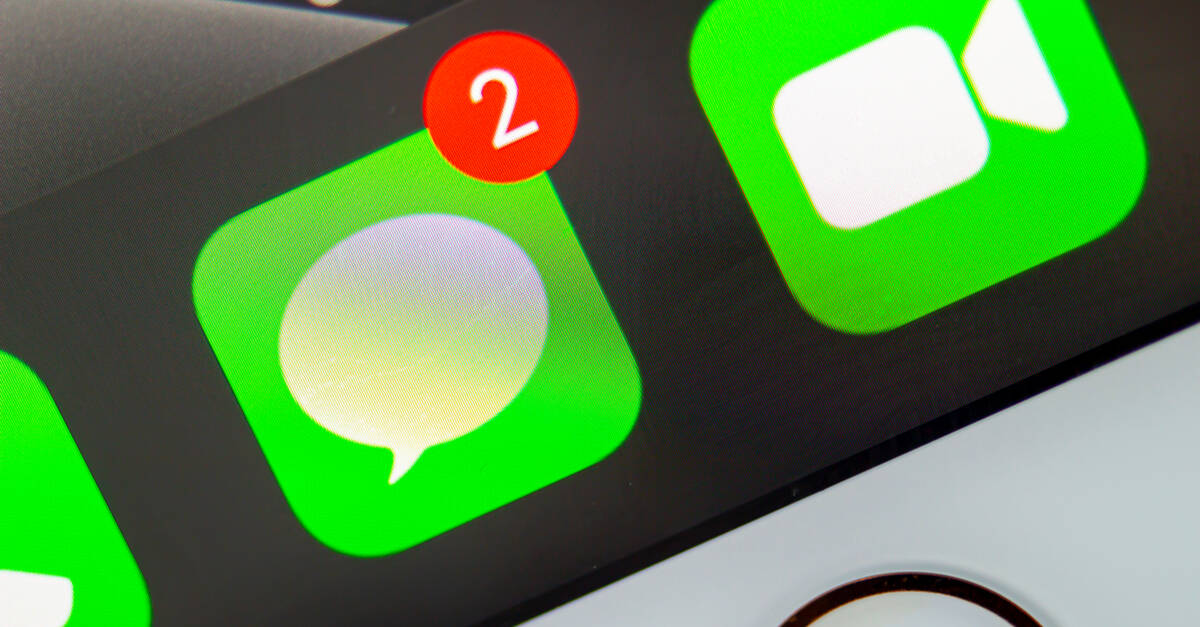The developer behind Beeper Mini just released an updated version of the standalone Android app that users say can sidestep the block Apple put in place over the weekend.
The app was built specifically to send and receive blue bubble messages with Apple’s iPhones, and the fresh version was released to the Google Play store just hours ago.
How long the app will continue to work is obviously uncertain – and the developer has made the app free to use, reflecting its understanding that the situation is “chaotic” for users. No doubt there will be more chaos before this situation is resolved one way or the other.
The prior version of the application went live last week as the latest in a line of apps claiming to allow Android users to message a connection on iPhone via the coveted blue bubble of the iMessage platform.
Previous attempts relied on various relay methods, including using racks of Mac Mini computers or banks of elderly iPhones. Beeper Mini connected directly to Apple’s servers. It didn’t even need access to a customer’s Apple account. Instead, it relied on reverse engineering the iMessage protocol and encryption.
However, the first run at the service didn’t last long: Apple’s proprietary messaging platform is one of its crown jewels and a useful way of locking users into its ecosystem. Shortly after Beeper’s debut, reports emerged that the app no longer worked.
The developer reported an outage on Friday. Over the weekend, Apple confirmed it had taken steps to shut down the Beeper party and indicated that it would continue to do so.
Beeper has insisted that its solution is secure and that neither it nor Apple can view the contents of a user’s messages. However, Apple clearly doesn’t see things that way.
Responding to a question on social media regarding whether this would become an endless cat-and-mouse game, Beeper boss Eric Migicovsky declared: “Beeper Cloud and Mini are apps that need to exist. We have built it. We will keep it working. We will share it widely.”
The timing is unfortunate. According to reports, Apple’s iMessage stands a chance of being exempted from the EU’s Digital Markets Acts (DMA) regulations as it is not deemed popular enough with business users.
Should that exemption go through – and it is by no means a sure thing – then iMessage would not have to be made interoperable with other services. However, Apple’s strident determination to keep its service closed might not sit too well with regulators.
Beeper’s Android app is a fork of Element, and the developer said it plans to add support for the Matrix protocol in the future – although those plans are likely slipping in the face of Apple’s action.
Matthew Hodgson, CEO of Element, told The Register: “Given that the EU Digital Markets Act will likely oblige Apple to provide open interoperability eventually, it’s unfortunate that Apple has chosen to push back on Beeper’s reverse-engineered interoperability. Let’s hope that it hasn’t put Apple further on the defensive when it comes to opening up their services.”
US senator Elizabeth Warren weighed in on the debate and argued: “Green bubble texts are less secure. So why would Apple block a new app allowing Android users to chat with iPhone users on iMessage? Big Tech executives are protecting profits by squashing competitors.
Why indeed.
“Chatting between different platforms should be easy and secure.”
Apple seemingly caved into pressure last month and promised to adopt the Rich Communication Services (RCS) messaging standard, as called for by Google. However, RCS messages would appear green on iPhones – just like today’s SMS messages – opening up clear, er, blue water between them and the iMessage platform.
Regardless of how long Beeper can play its game of cat-and-mouse with Apple, the moves at the weekend by the iPhone maker demonstrate that Apple is not about to bring iMessage to other platforms, and it will actively prevent others from attempting to do so.
Although the company is certainly within its rights, it is getting progressively more difficult for Apple to dodge the question: is this about protecting users, or protecting revenues? ®

Alex Mitchell is your go-to expert for all things mobile. With a passion for the latest smartphones, apps, and mobile innovations, Alex provides in-depth reviews, insightful analyses, and breaking news about the ever-evolving world of mobile technology. Stay connected with Alex to navigate the fast-paced realm of mobile devices.


